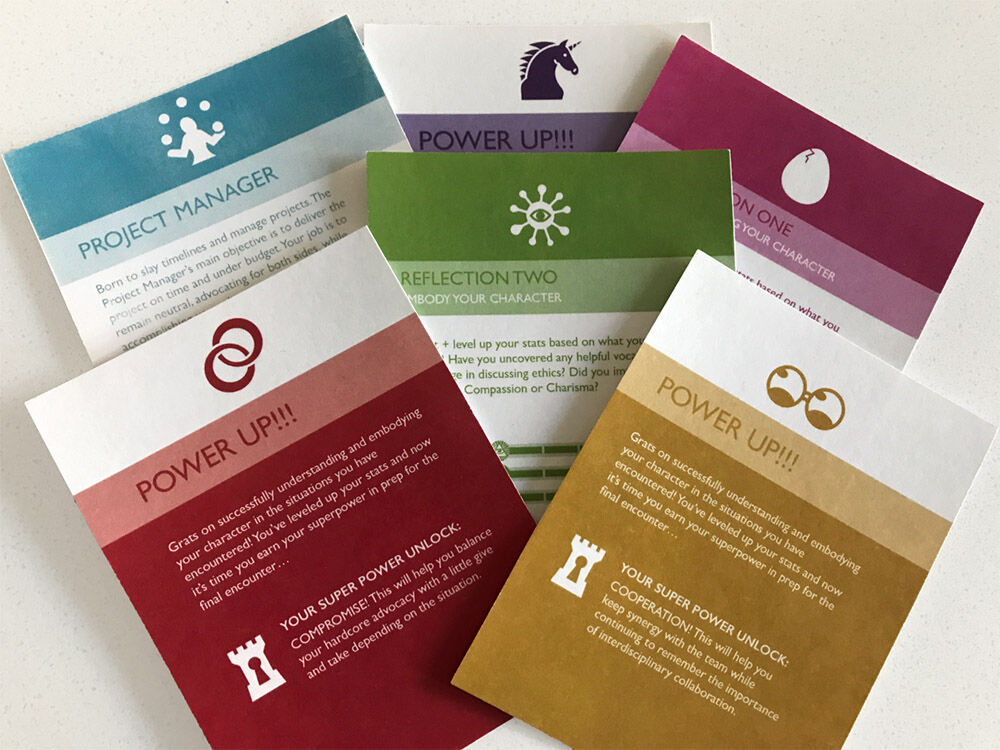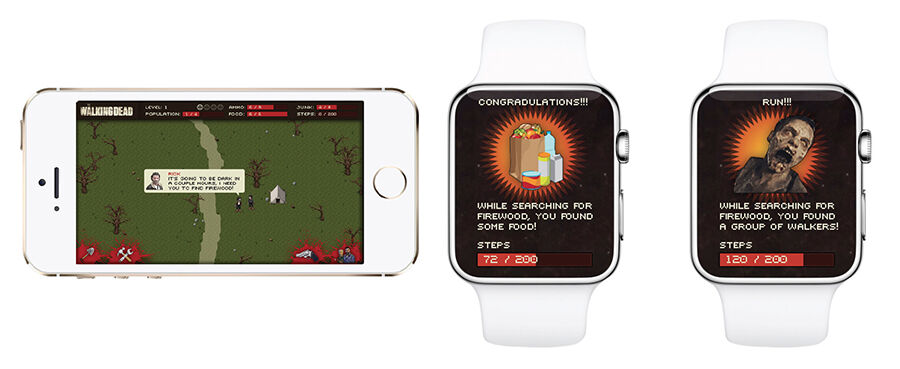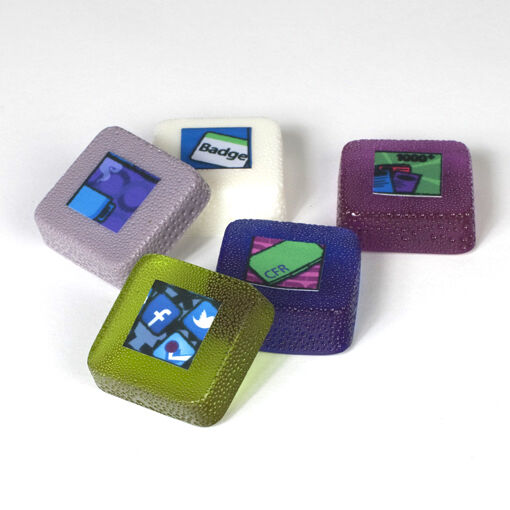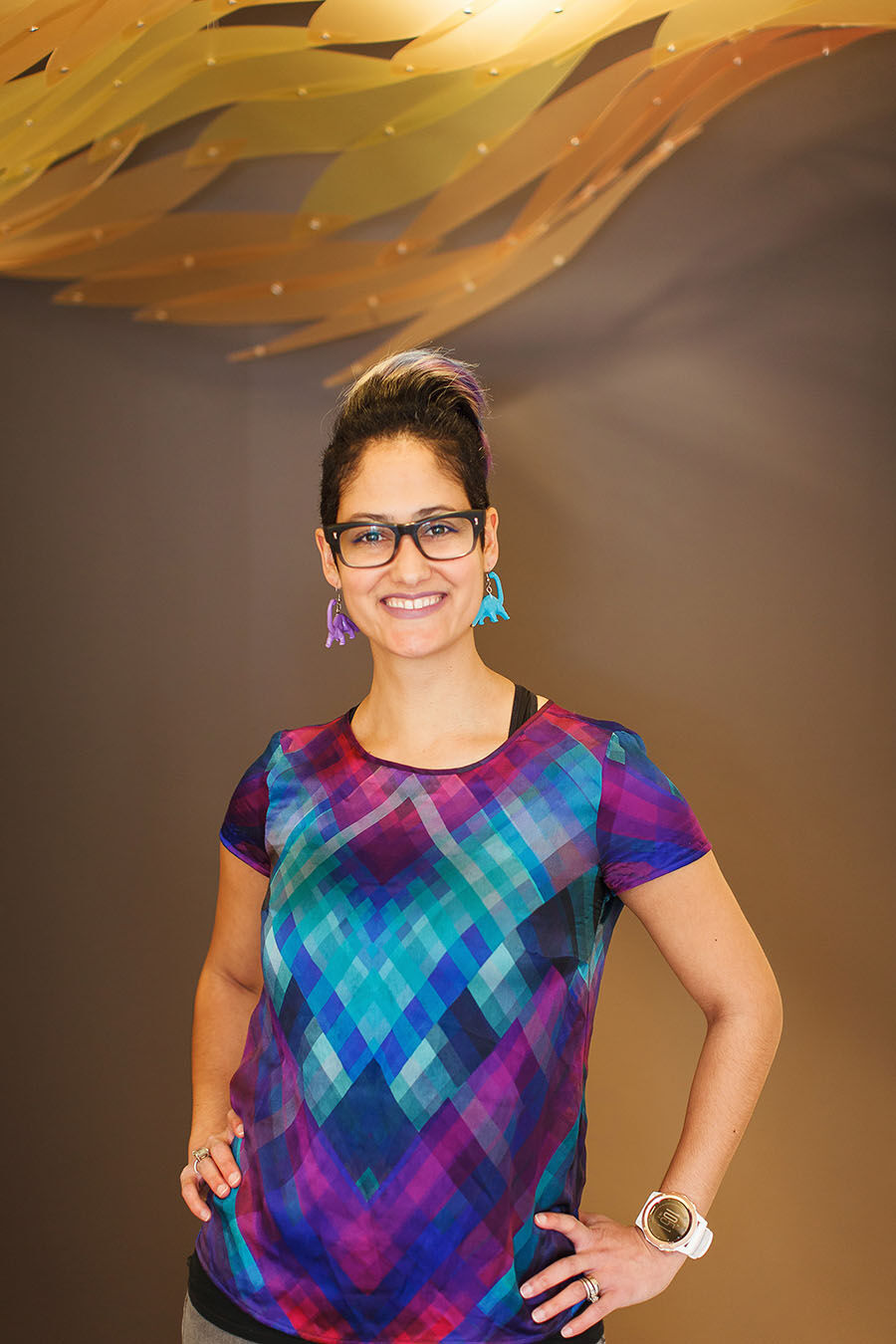
Ciara Taylor (BFA 2011 Concentration in Designed Objects )

Where are you now and what kind of work/projects are you currently working on?
I am currently on a solo journey, balancing freelance design work with learning how to connect my love and knowledge of design to my passion areas in animal welfare and conservation, robot ethics and food.
For the past couple of years, my side hustle has been facilitating conversations worldwide around ethics in design. My colleague, Samantha Dempsey, and I have been exploring different methodologies and tools to facilitate these conversations with the goal of empowering multidisciplinary project teams to consider their ethical ramifications when designing. Our journey gave us the opportunity to collaborate with independent designers, the Interaction Design Association (IxDA), the Service Design Network (SDN), The IIT Institute of Design, and IIT.
My industry work has consisted of time designing for a tech startup and a digital design agency. Most recently, I was Head of Experience Design at Uplift Data Partners, a Chicago-based drone startup, developing and implementing design research methodologies for a fast-paced startup environment while envisioning their drone pilot experience. Prior to my role at Uplift, I was the Managing Director of Behavior Change Design at Mad*Pow, a digital design agency in Boston. At Mad*Pow, I designed gameful experiences to facilitate change and human flourishing in healthcare, financial services, and education.

How did SAIC prepare you for where you are today? What particular classes/projects/approaches to subjects influenced you?
My career path has been filled with multidisciplinary collaboration thanks to my educational experience at SAIC. SAIC prepared me for where I am today with access to a diverse selection of coursework and the flexibility to participate in courses that would influence my design work in school as well as throughout my career.
Core design courses taught me the fundamentals of design and the design process, while courses like History of Art and Technology and Science Fiction Humanities coursework fed into my curiosity for our connection to the virtual game world and the future capabilities of technology. Courses such as the GFRY design studio, taught me how to implement my design concepts at a large scale while designing with a team of designers for a specific theme. The success of our exhibition relied on how well we prepared, collaborated, and implemented our concepts. All the industry classes at SAIC were a great way to get exposure to and practice for a real-world design scenario in a safe space.

What career advice do you have for current students, looking at how you see your field evolving, what is critical for the future practitioner?
The influence of design is expanding beyond the realms of typography and objects, and into healthcare, public policy, education, financial services, and more. Designers are working in emerging design fields and on experiences that have significant and fundamental impact on people’s lives. You can apply your design skills and the design process to any problem space. My career advice to current students is as follows…
-
Build a diverse design tool kit and add to it as you learn from current opportunities and take on new ones during your career path.
-
Hone in on your superpowers when collaborating with multidisciplinary teams to solve problems.
-
Consider your design ethics and what you stand for as a designer. Empower your project teams to consider the design work that is being done and how it impacts the people you are designing for.
-
Find a mentor who can help you progress your career and personal growth.
With whom did you study at SAIC or who influenced you?
SAIC has an epic roster of talented faculty with interesting and unique perspectives. A few key professors that influenced my design work and inspired me are Jim TerMeer, Lisa Norton, Bruce Tharp, and Hennie Reynders. Jim taught me to embrace my inner weird and focus on tackling design problems in areas I am passionate about, Lisa taught me to think about ethics and the role of the designer, Bruce and Hennie taught me the importance of design research and how to rein in my ideas to fit into the reality and meet the needs of the people in the problem space I was tackling. I am grateful for the experience of studying under them and other faculty who challenged me and pushed me during my time at SAIC.

Ciara Taylor is a Chicago-based Experience Designer. She applies her knowledge of games and play to design gameful and meaningful experiences to facilitate change and human flourishing in healthcare, financial services, and education.
Ciara is passionate about ethics in design and technology. When she isn’t advocating for robots, you can find her playing games and gushing over cute animals.
